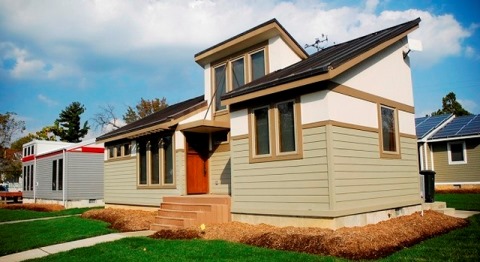16 March, 2021: New Delhi
The demand of power in India is enormous and is growing steadily. The vast Indian power market, today offers one of the highest growth opportunities for private developers.Growth of Power Sector infrastructure in India since its Independence has been noteworthy making India the third largest producer of electricity in Asia.
Microgrids are emerging as an answer to power challenges. Although they enhance reliability in theory, they also potentially threaten the traditional utility business model.
How microgrids create value?
Microgrids aggregate distributed energy resources. They are one way to make a “commoditized” electric power system customizable to the needs of an individual customer.
Microgrids give customers more power. Traditional electric power customers are often at the mercy of the utility’s pricing structure. The microgrid puts the power in the hands of the customer and opens up choices.
Microgrids bring private capital. Much of the investment in microgrids will come from customers. As electric utilities face the burden of replacing aging infrastructure and complying with environmental standards, customer investments in microgrids can ease the pressure.
Microgrids improve efficiency. Microgrids use generating equipment located close to the customer. This reduces the transmission and distribution losses.
Whether through physical decline, natural catastrophe or misguided malice, our grid is subject to increasing threats that can and will lead to more frequent failure. Meanwhile, our centralized architecture largely based on hub-and-spoke generation and transmission only adds to the brittleness of the system.
One solution to emerging infrastructure challenges receiving increased attention is the use of microgrids: small, self-balancing networks that have the ability to fractally break apart from the larger grid for autonomous operation and then seamlessly re-combine to function as part of the whole on demand. Such networks have a single point of common coupling to the grid, and include both sources of generation (such as diesel and/or gas generators, distributed solar and distributed wind resources) as well as electrical loads that can be managed in a coordinated manner. Demand response and energy efficiency — and, increasingly, storage and EVs — often figure prominently in design and operation to flexibly manage supply and demand requirements on the microgrid.








